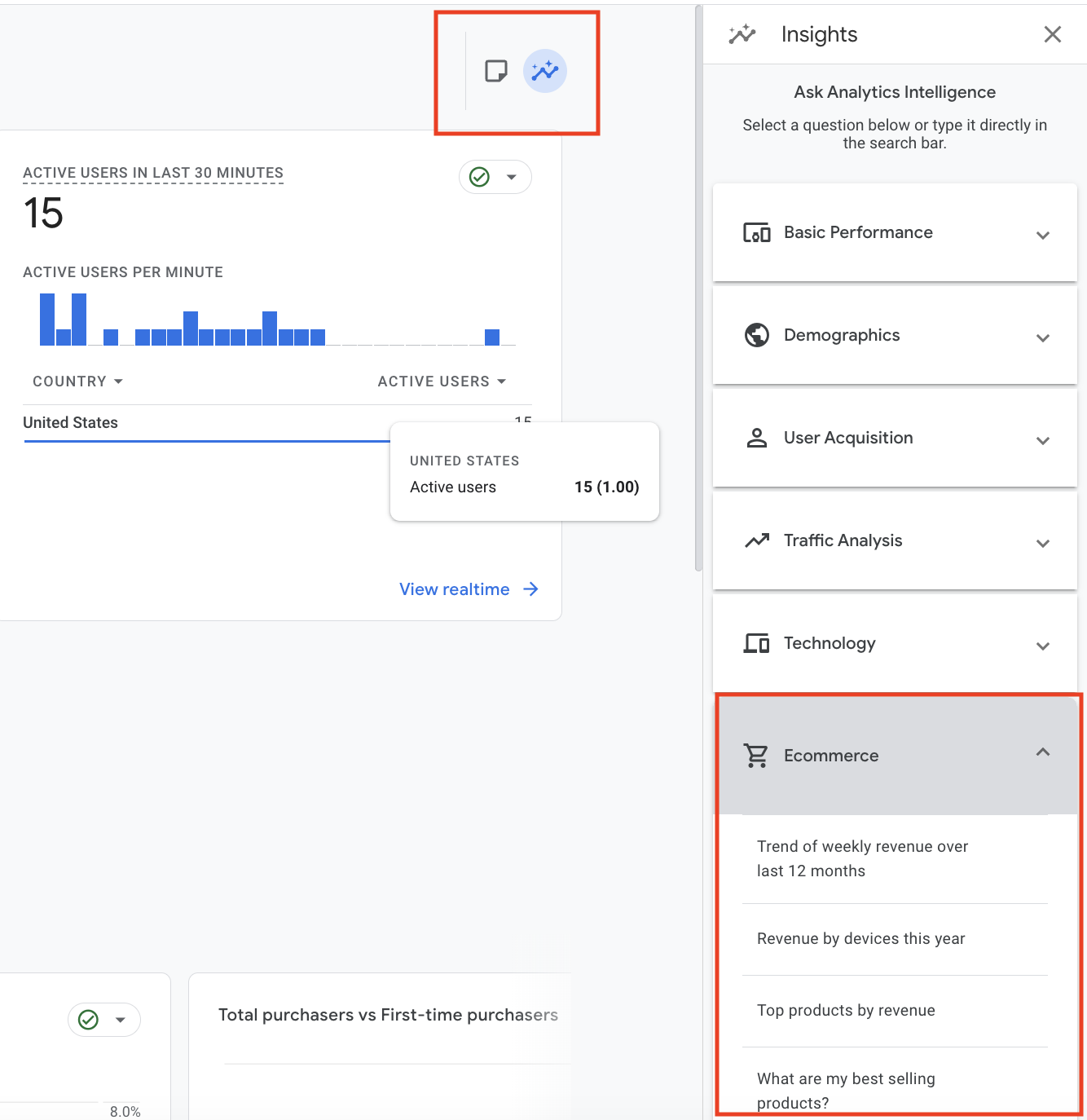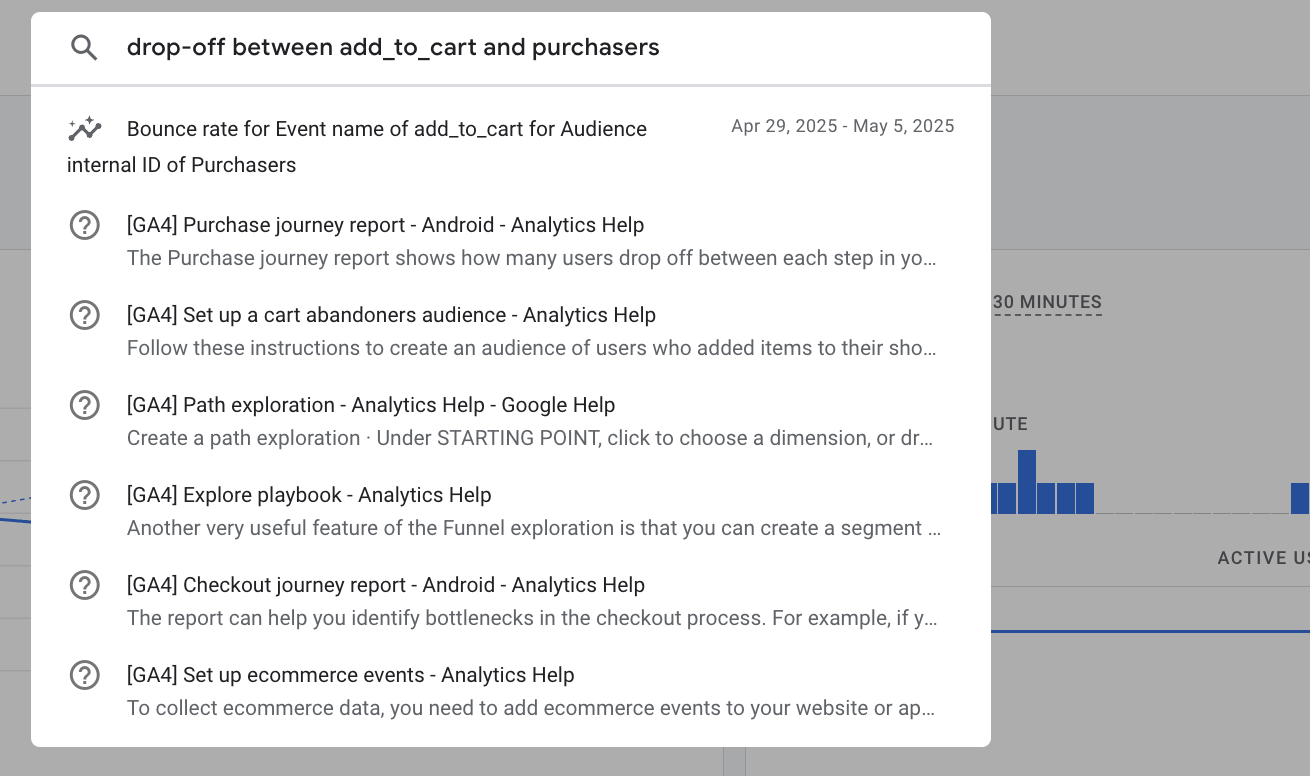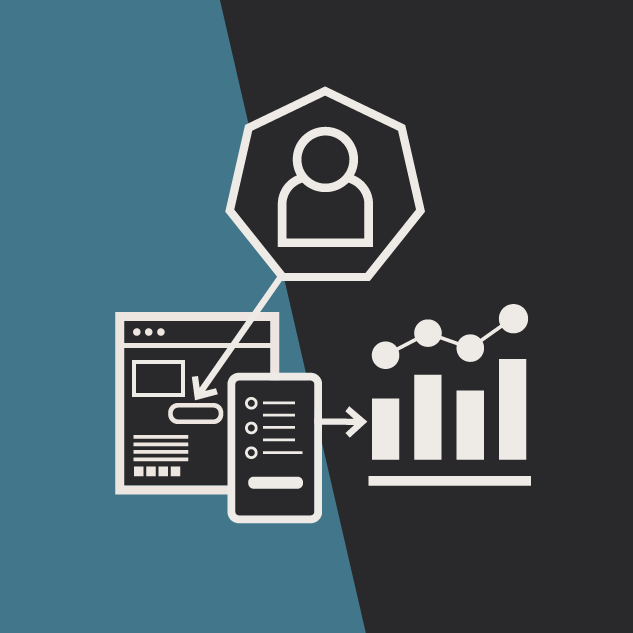Diagram Views
eCommerce 2.0: How Businesses Should Use AI Today (and Tomorrow)
Ani Avdalian Digital Marketing Strategist#Digital Marketing, #CMS, #Industry Insights, #Digital Strategy, #Artificial Intelligence (AI)
Published on May 8, 2025
AI is changing how we sell—but human behavior still decides what sells. To stay relevant in e-commerce, you need more than algorithms. You need tools that understand people and scale that understanding in real time.
Throughout my marketing career, I’ve learned one thing: technology always changes, people don’t. No matter how trendy your tools and tactics are, none of them will work if you don’t understand the fundamentals of human behavior.
At the heart of successful e-commerce marketing is the ability to shape that behavior - efficiently and ethically. And that starts with making human psychology a lifelong study.
To influence customers in meaningful ways, marketers need more than gut instinct - they need tools that can interpret behavior at scale, adapt in real-time, and personalize the experience. That’s exactly where AI comes in.
Let’s examine how AI is reshaping e-commerce customer behavior and how you can use it to reach, engage, and convert with precision.
The AI Shopping Era
Every internet boom has been driven by shopping - first with websites in the dot-com era, then mobile apps, and later social media storefronts. Now, the next wave is here: AI Shopping. Soon, online customers will shop directly through AI shopping assistants (e.g., Amazon Rufus, various Chat GPT plugins, etc.) that help them discover, compare, and purchase in seconds. This shift requires a major rethink of e-commerce strategy.
Retailers may need to:
- Spend less on advertising, as discovery shifts from search engines and social feeds to AI interfaces.
- Invest in clean, structured, and accurate product data to help AI systems easily find and understand it; otherwise, your products will be filtered out from the recommendations.
Emotion-Based Marketing
Shoppers aren’t just influenced by facts-they’re guided by feelings. AI-powered tools can quickly analyze customer sentiment to help brands fine-tune their messaging and offers. The result? More relevant content, stronger engagement, and better conversions.
Here’s something to try:
- Use text-analyzing AI tools like MonkeyLearn to scan your reviews, customer support transcripts, and social posts for emotion-based keywords and recurring patterns. Do the same with competitor data to see how your brand stacks up. Identify common themes - what the customers love, and where they’re getting frustrated.
- Then, personalize your messaging and offers based on those findings. Example:
If customers rave about the “great packaging” or “premium feel” of your products, highlight those elements in your landing pages. - If competitor reviews frequently mention issues like limited sizing, poor quality, or confusing return policies, highlight how your brand does it better. This not only shows you're listening but positions your product as the thoughtful, customer-first alternative.
AI and Psychology = Your Competitive Edge
Today, being able to effectively use AI-based tools is a competitive necessity for any e-commerce business. With 22% of retail purchases expected to take place online in 2027, leveraging AI to analyze customer behavior, predict trends, and improve retention is key to business success. That’s where analytics platforms - equipped with AI - make a difference.
Take Google Analytics 4 (GA4) for example. Its AI-driven capabilities go way beyond static reporting. GA4 can now help improve your business performance by identifying trends and behaviors and detecting issues before they impact your revenue.
To get started, click on the Insights icon (the “sparkling graph”) in the top right corner of your GA4 dashboard. You’ll find suggested e-commerce insights like “What are my best-selling products?,” or “Revenue by devices this year,” etc.
You can also type prompts directly into the search bar - like "drop-off between add_to_cart and purchasers". GA4 will either generate a relevant report or, for complex reports, point you to step-by-step instructions for building one yourself.
Turning the data from these dynamic insights into action items allows you to better understand why your customers buy (or don’t), so you can fine-tune your strategy and stay ahead of your competition.


Agentic AI Transforming Customer Experiences
Agentic AI is one of the biggest e-commerce trends on the horizon. AI agents are essentially digital employees that use large language models and machine learning to perform tasks. Unlike generative AI that can only operate within predefined rules or trained data, agentic AI systems adapt to context in real-time, learn from interactions, and manage multi-step workflows with little to no human input.
But the real power of agentic AI lies in how it taps into core principles of customer psychology: personalization, trust, and ease. By aligning your e-commerce offerings to how people actually make decisions, AI can directly influence buying behavior and brand loyalty.
Here’s how forward-thinking e-commerce business owners are using agentic AI:
Personal shopping assistants (e.g., YesPlz AI, Lily AI)
The AI agents guide customers in their buying journey, suggesting products, bundling items, checking local inventory, and more. Think: an AI assistant that can help your customer choose an outfit and accessories for a specific event, add coordinating items to carts, and notify them of discounts. This mimics the attentiveness of an in-store associate, helping the customer feel understood and directly impacting their buying decisions.
Intelligent Customer Support (e.g., Zowie, Intercom Fin AI Agent)
These agents can resolve complex queries by pulling data from multiple systems, updating customer records, issuing refunds, and escalating to a human rep when truly necessary – all in conversational, unscripted tone. Fast, accurate, human-like support reduces frustration and builds emotional trust, especially when customers feel heard and their problems are proactively solved.
Post-purchase experience agents (e.g., Rebuy, Wonderment)
These agents help follow up with the customer via email or SMS after the purchase to provide delivery updates, check satisfaction, and handle support when needed. Following up after a purchase reassures the customer by providing a sense of certainty and reinforcing the fact that their decision was a good one, which increases brand satisfaction and the likelihood of repeat purchase.
Agentic AI is already a $5.1 billion industry and is expected to grow by 10 times in the next 5 years - a clear sign it’s reshaping how businesses connect with customers. Brands that start using it now will have a big advantage in staying ahead and building stronger customer relationships.
AI-Powered Search and Discovery
Let’s face it - people don’t want to search; they want to find. Ease of shopping is now a basic expectation. That craving for frictionless discovery is what drives innovation in e-commerce, and AI can help deliver it. AI-powered search tools don’t just match keywords - they understand intent, context, and nuance. Whether it’s using visual/image search, showing the right product based on vague phrasing (“something for beach wedding”) or suggesting items based on past behavior and preferences, this is where AI shines. It’s not about flashy tech - it’s about helping people get what they want faster, with less effort. That’s the kind of experience that keeps customers coming back. Retailers like Ikea and ASOS (ASOS Style Match) are already leveraging visual search to improve experience.

 Personalization Is Not Creepy Anymore
Personalization Is Not Creepy Anymore
Personalization is now more than using your customer’s name in the email - it’s about delivering content and recommendations 100% tailored to each customer's preferences, behavior, and intent. Today’s AI tools make it possible to create real-time, dynamic experiences that adapt as your customer shops. Think: showing different homepage banners depending on browsing history, recommending products based on purchase patterns, or even adjusting pricing or incentives based on engagement level.
These aren’t just “nice-to-have” features - they’re conversion drivers. We dive deeper into the topic in this article on website personalization strategies.
But Here’s a Catch
AI only works when you do.
It isn’t a magic wand that will fix all your problems. It’s a tool - and like any tool, it only works if you use it with purpose.
Start small. Pick one thing from this list. Test it. See what happens, then optimize accordingly.
At the end of the day, good marketing still comes down to understanding why people do what they do. That hasn’t changed. What has changed is how fast - and how deeply - we can get those insights. AI doesn’t just speed things up, it helps you spot patterns, anticipate needs, and personalize at scale. It’s not replacing the marketer’s brain - it’s giving it superpowers.
Related Articles
Results Matter.
We design creative digital solutions that grow your business, strengthen your brand and engage your audience. Our team blends creativity with insights, analytics and technology to deliver beauty, function, accessibility and most of all, ROI. Do you have a project you want to discuss?
Like what you read?
Subscribe to our blog "Diagram Views" for the latest trends in web design, inbound marketing and mobile strategy.


